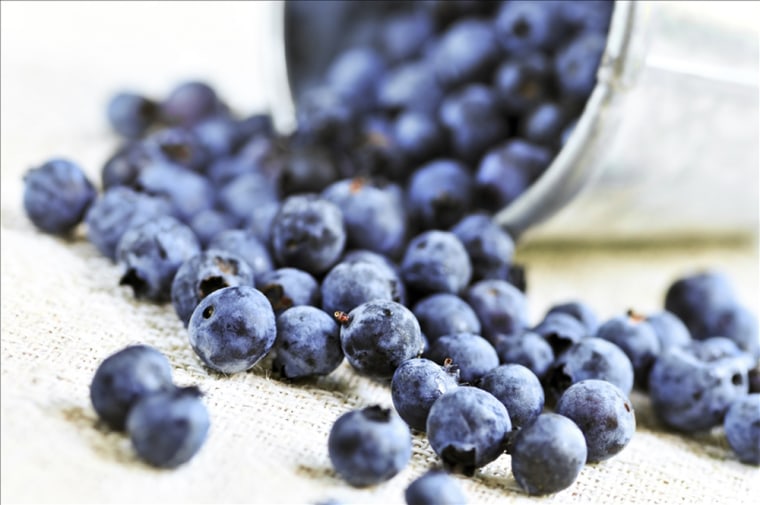Consuming whole fruits at least three times a week may lower your risk of developing type 2 diabetes, according to a new long-term study published Thursday in the British Medical Journal. Earlier studies have been mixed whether fruit raised or lowered risk for type 2 diabetes.
Researchers from the Harvard School of Public Health combined the self-reported intake of fruit in three study populations over a period of about 20 years. While the reasons for the reduced risk cannot yet be explained, surprisingly, it appears that the glycemic index of different fruits are not connected. The glycemic index – the rate at which a fruit raises blood sugar -- defines different types of carbohydrates, known as “glycemic load.” The higher the glycemic index, the faster the rise in blood sugar.
Study participants were obtained from three prospective long-term study populations: 66,105 women from the Nurses’ Health Study (1984 – 2008); 85,104 women from the Nurses’ Health Study II (1991-2009); and 36,173 men from the Health Professionals Follow Up Study (1986 – 2008). Data from self reported food intake (food frequency questionnaires every other year) was evaluated to estimate consumption of whole fruits, specific types of fruits and fruit juice consumption -- and associated risk of type 2 diabetes. Data were analyzed for each group, then pooled for the final analyses.
Although the data also suggested that certain fruits - apples, blueberries, and grapes - might be better choices to reduce risk, this was only an interesting trend, and more study is needed before definitively recommending these over any other whole fruits. Different fruits do vary in their impact on blood sugar (the glycemic ondex), but these differences did not explain why certain fruits might have a stronger effect on risk reduction.
While this study relies on self-reported fruit and fruit juice intake over many years, and does not demonstrate a definitive cause, it does provide yet one more reason why fruit consumption is an important health-boosting habit (along with maintaining a stable weight, and being active) that appears to have an impact on the development of at least one chronic disease, type 2 diabetes. High in water and fiber – a natural thirst and hunger quencher, fruit sugars also satisfy a sweet tooth.
While out-of-season fresh fruits can be pricey at the supermarket, frozen fruit or canned (in water) are an affordable option, especially berries. Dried fruits are a great especially for an on-the-go snack. Aim for at least 1-2 servings of fruit every day, and rounded out with 2-3 servings of vegetables.
